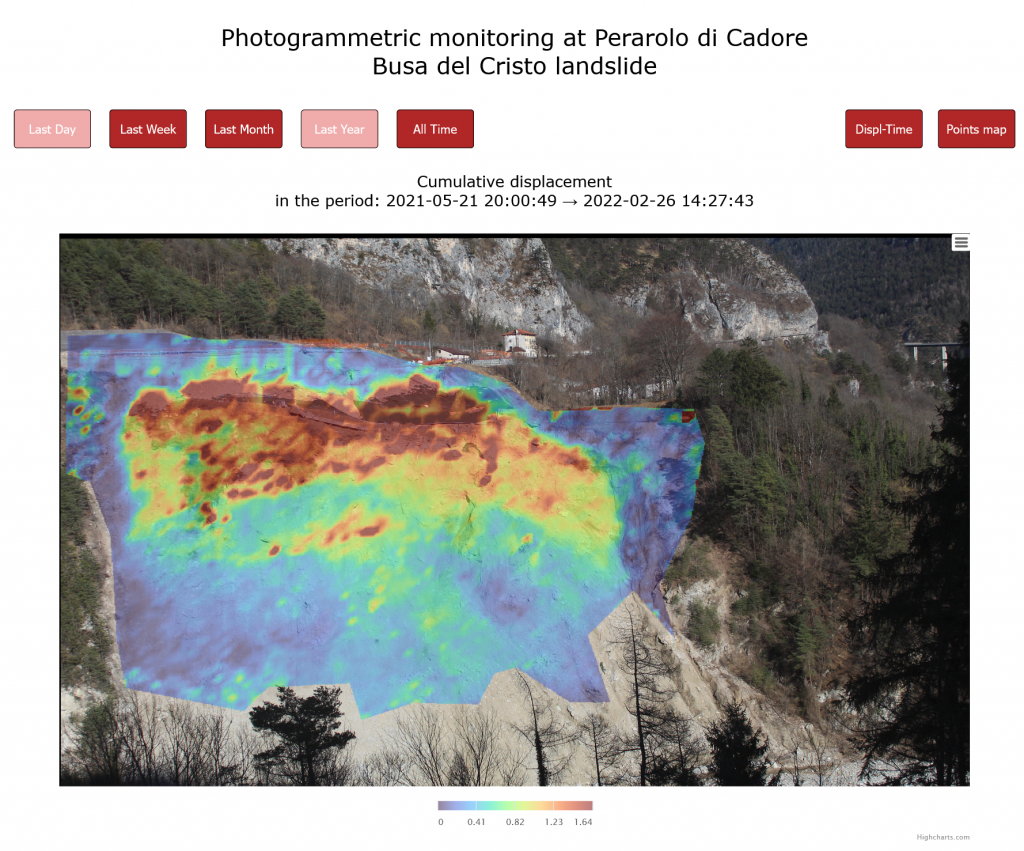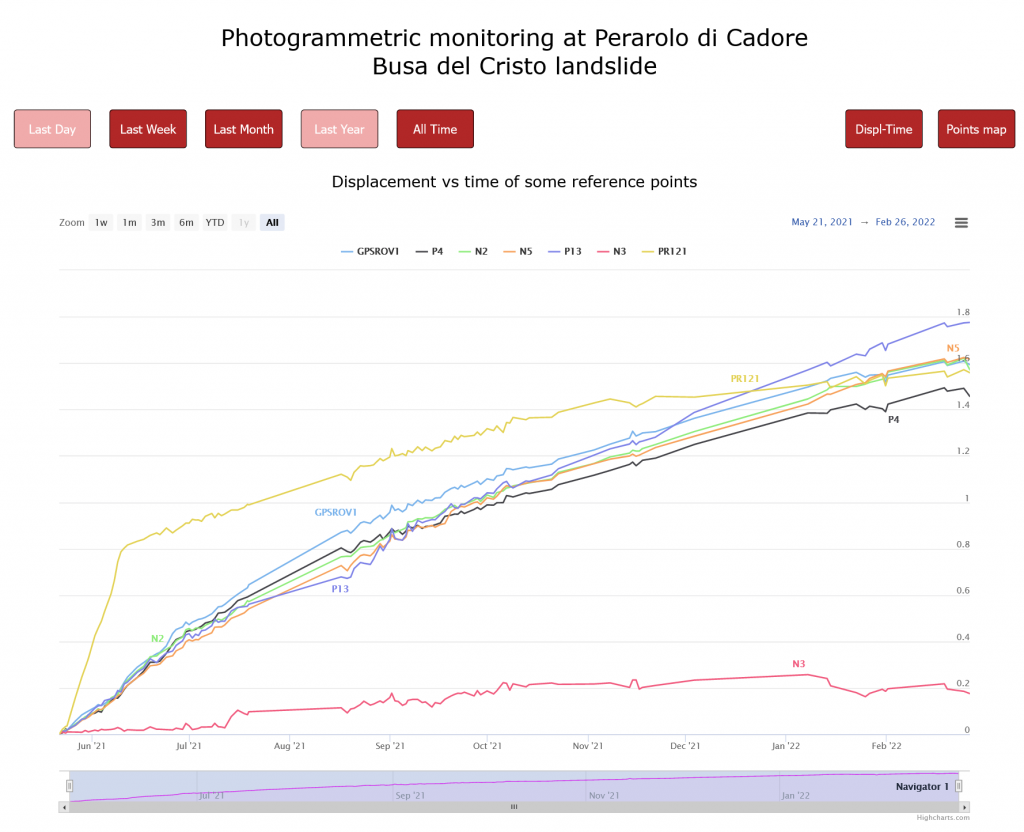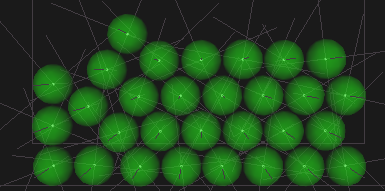A wide variety of digital image processing techniques has recently spread in the geotechnical field. These techniques are used for different purposes: surface reconstruction, monitoring, extraction of the displacement field in 2D and 3D conditions.
In these years we also worked in this field developing some methodologies and codes.
Reconstruction of the 2D displacement field
A digital correlation technique (White and Take, 2002) was used to measure the 2d strain field during the loading test of a plate on the top of a sandy slope . Their results were used for comparison with strain field obtained with numerical DEM simulations .

Landslide Displacement Detector
In 2011 we developed a Matlab tool called “Landslide Displacement Detector” for monitoring landslides and tracking the motion of objects and surfaces along slopes. This code uses different implementations of some widely known digital image correlation algorithms (SAD, SSD, NCC) and is able to work with
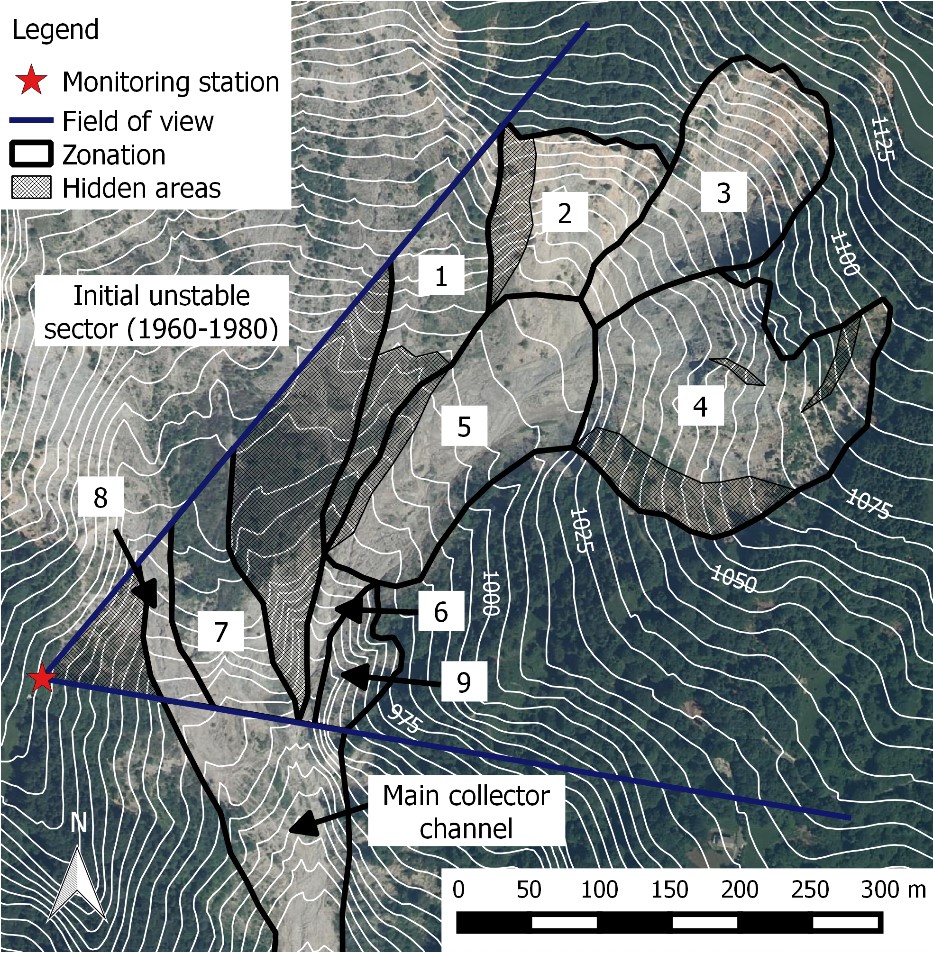
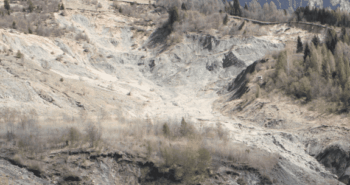
The analysis of the long-lasting sequence of images (almost 3 years of observation), allowed to obtain information on the dynamics and the evolution of the landslide and on the impulsive behaviour of different areas .
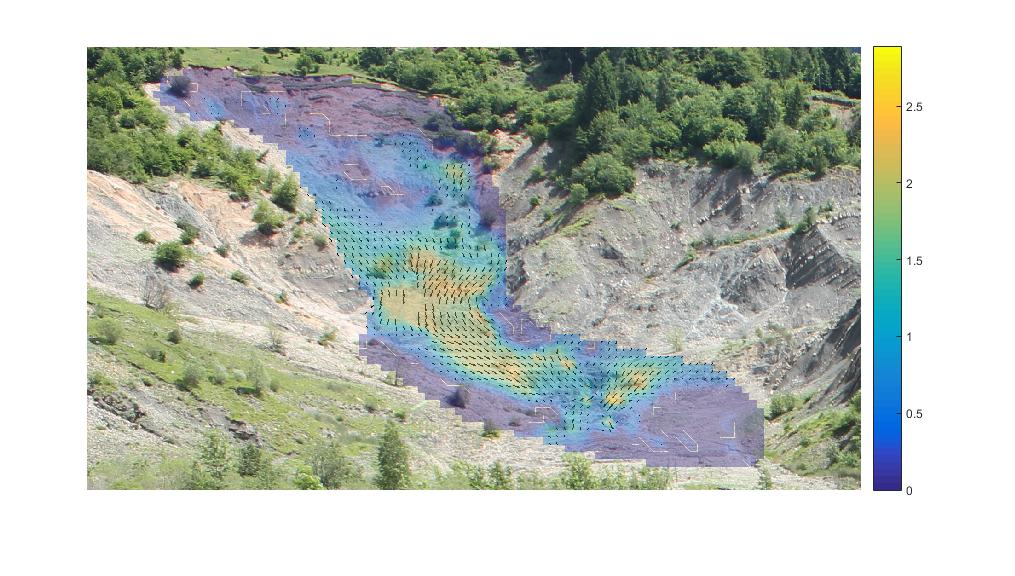
Other data on this monitoring campaign can be obtained on this site: https://horatius.irpi.pd.cnr.it/tessina/
The same technique was used for the monitoring of the Valoria landslide site in the Appennino .
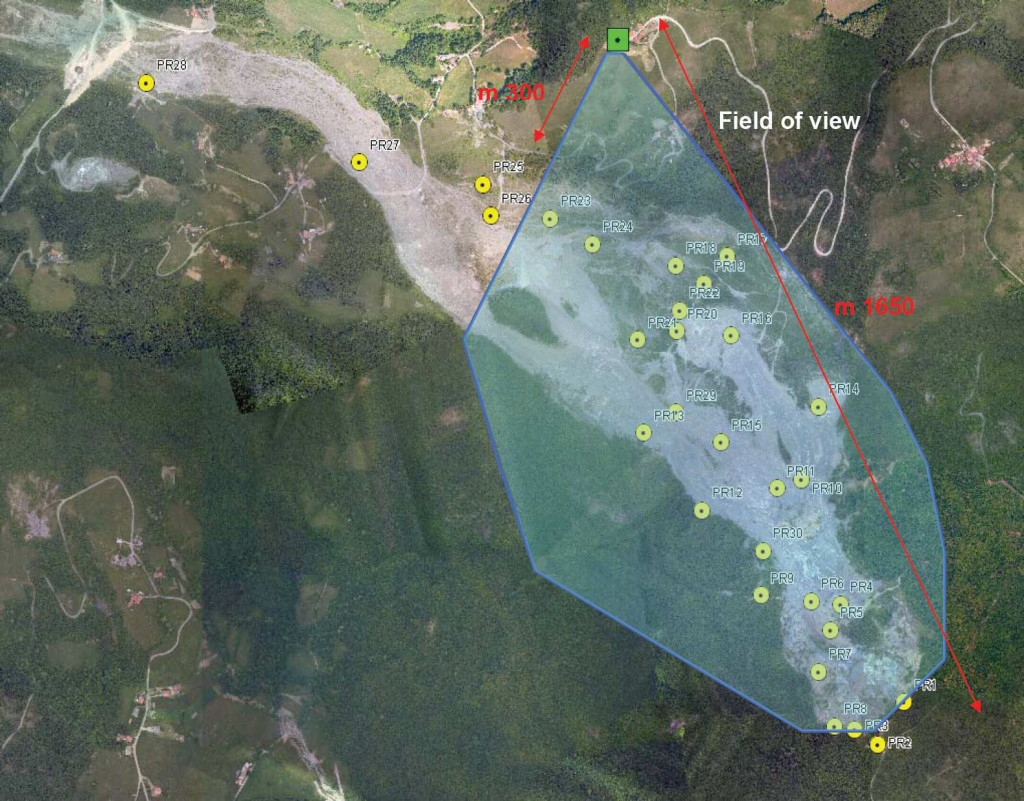

Reconstruction of the 3D displacement field
During the same period, we tested the capability of a multiple-cameras system in extracting the information about 3d surfaces and 3d movements.
The first experiments were conducted on a wall instrumented with optical targets that were moved with sub-millimetre accuracy. These tests permitted to estimate the precision and accuracy of this method .
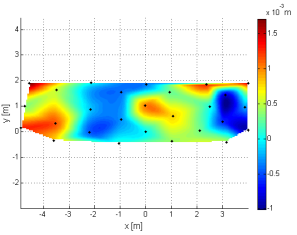
After these tests, we moved to simple 3D laboratory tests moving regular objects (plastic balls) and natural surfaces (sand piles).
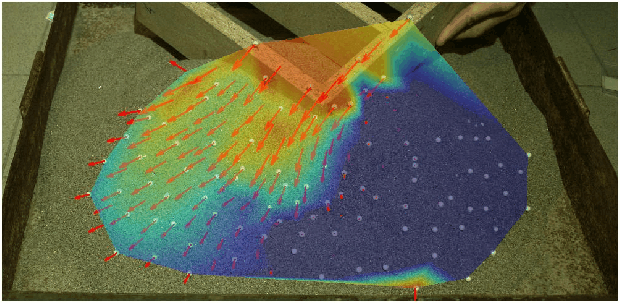
Then we used this method for the 3d displacement monitoring of a real earth work .
The method was also used for 3d reconstruction of the shape of deposits in laboratory collapse tests .
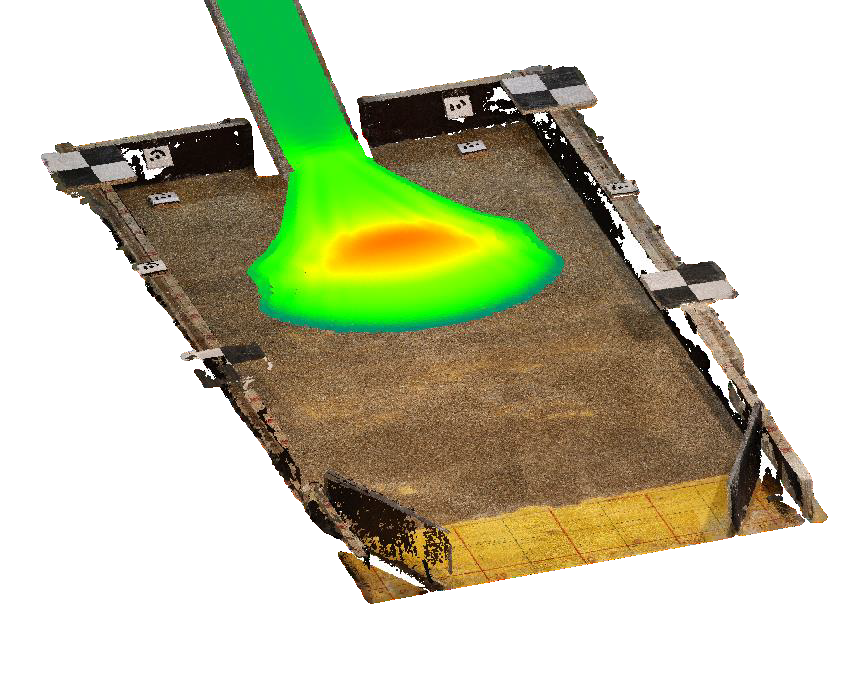
An finally it was recently extended to time lapse images of landslides .

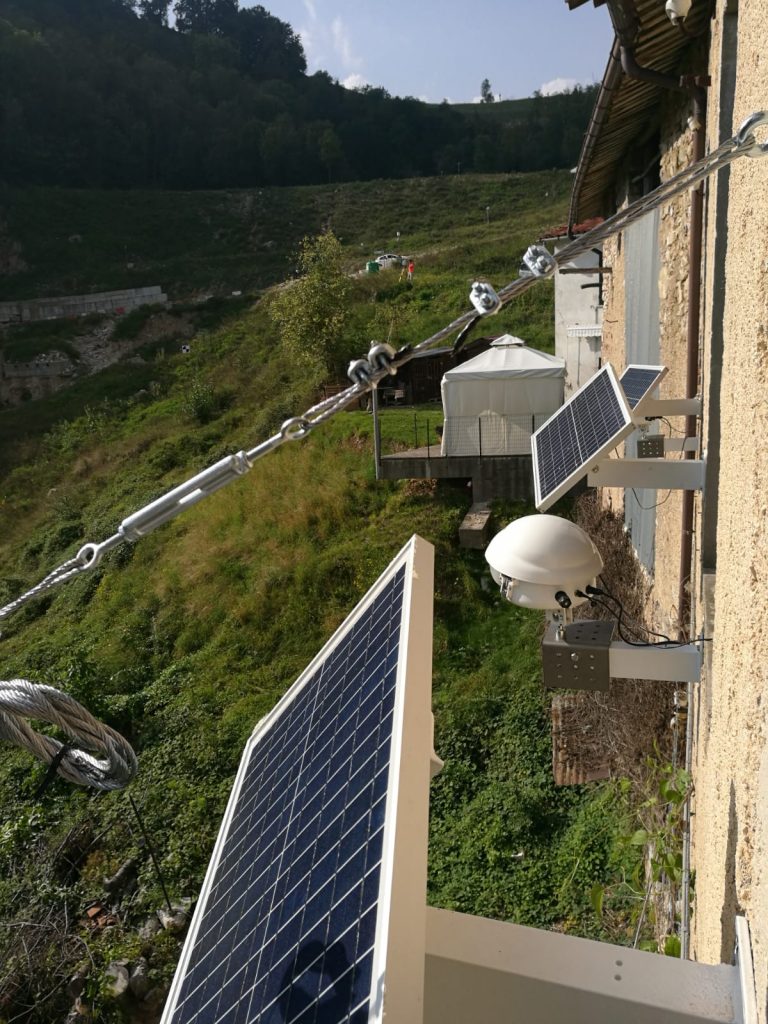
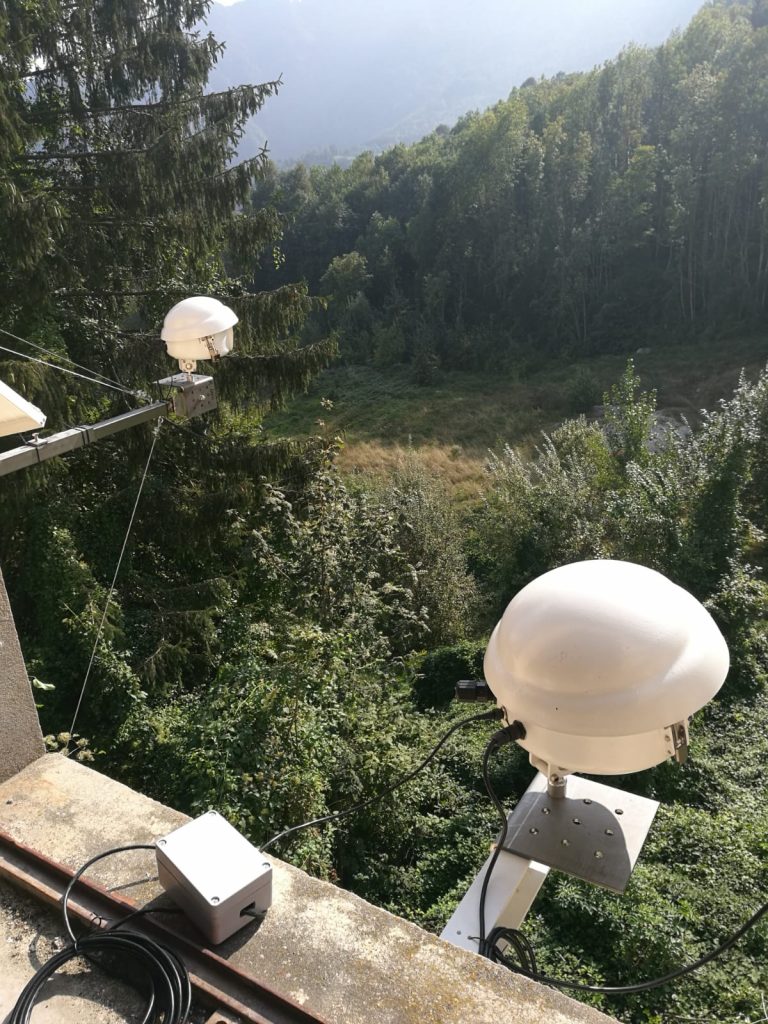

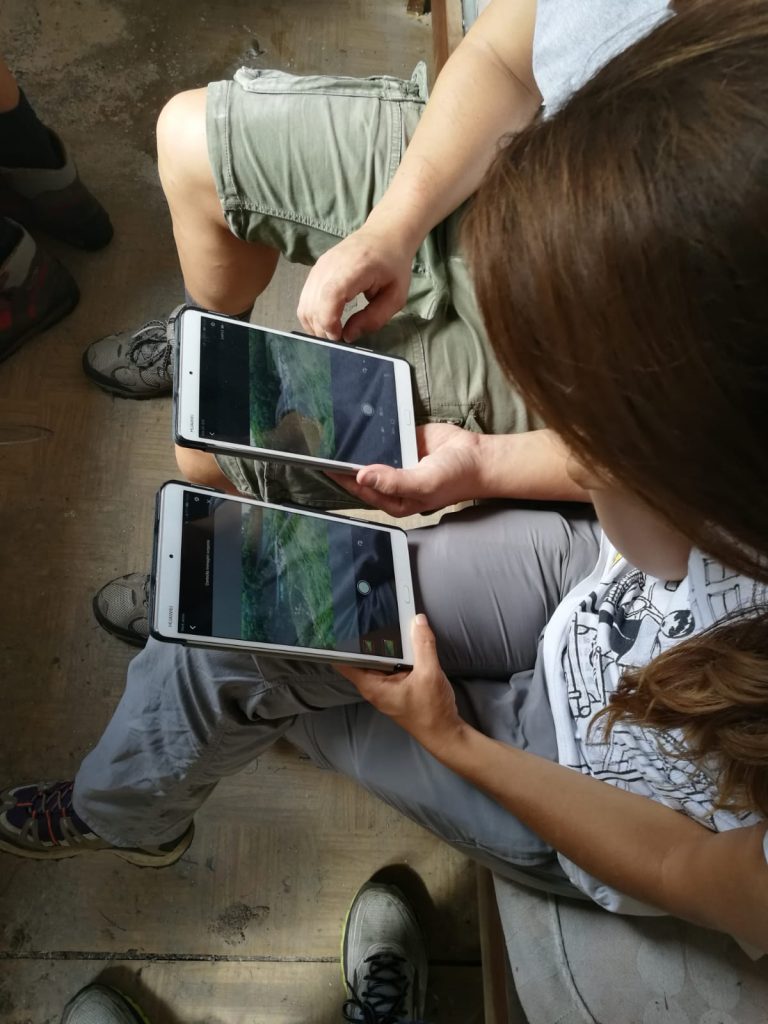
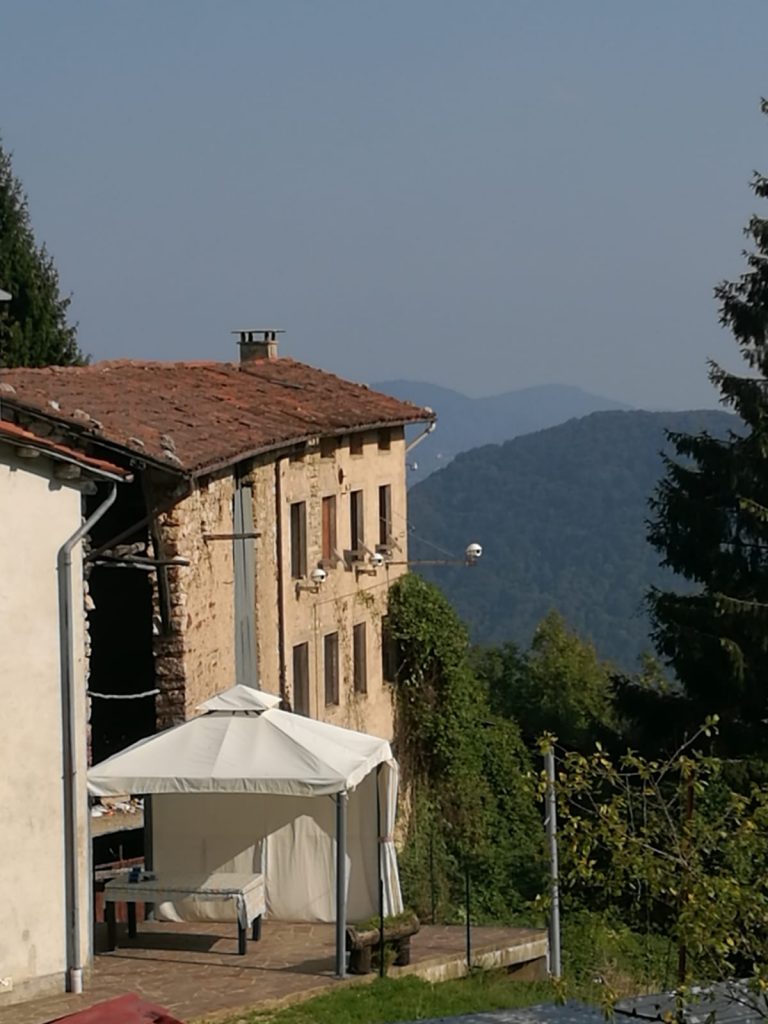
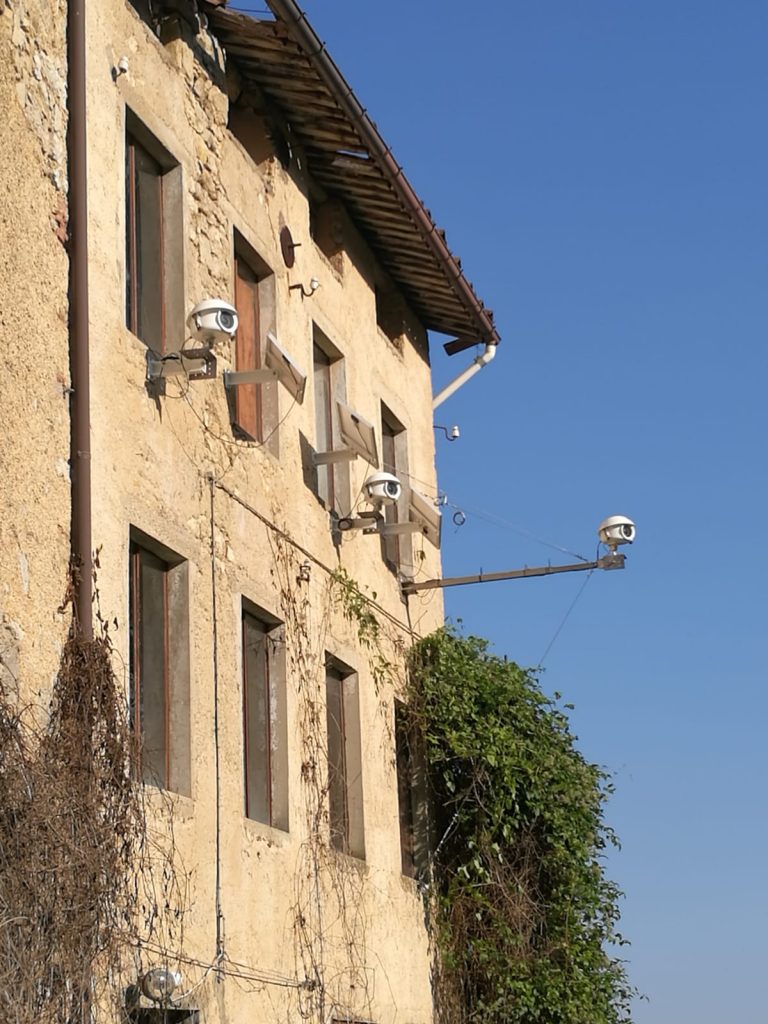
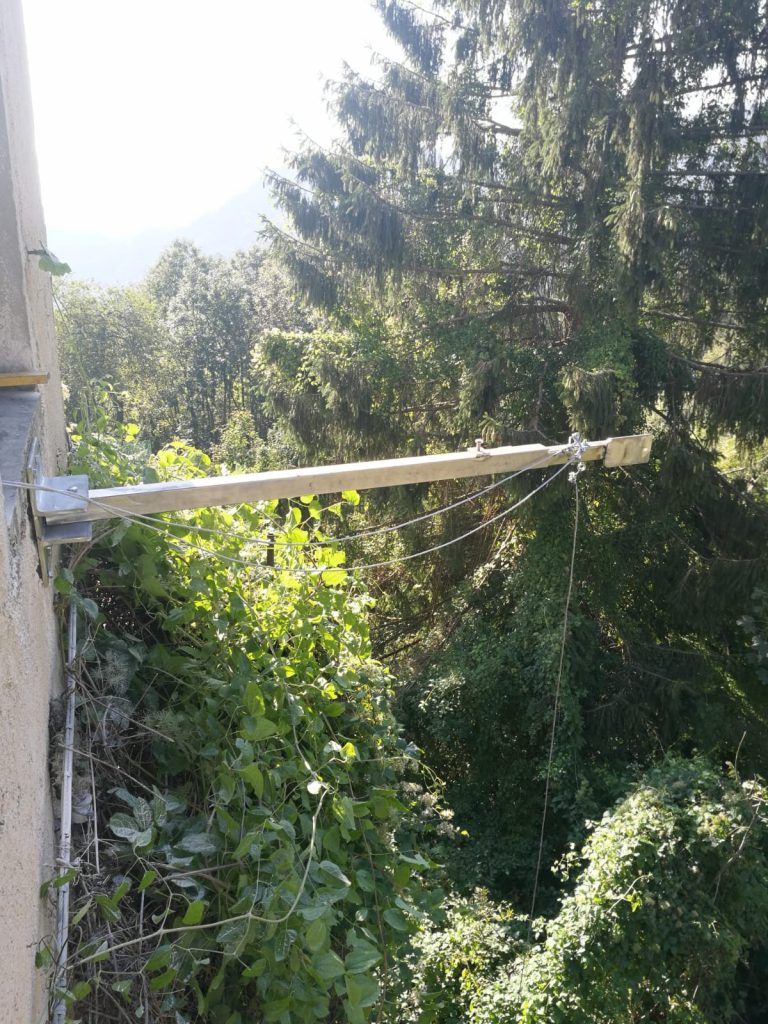
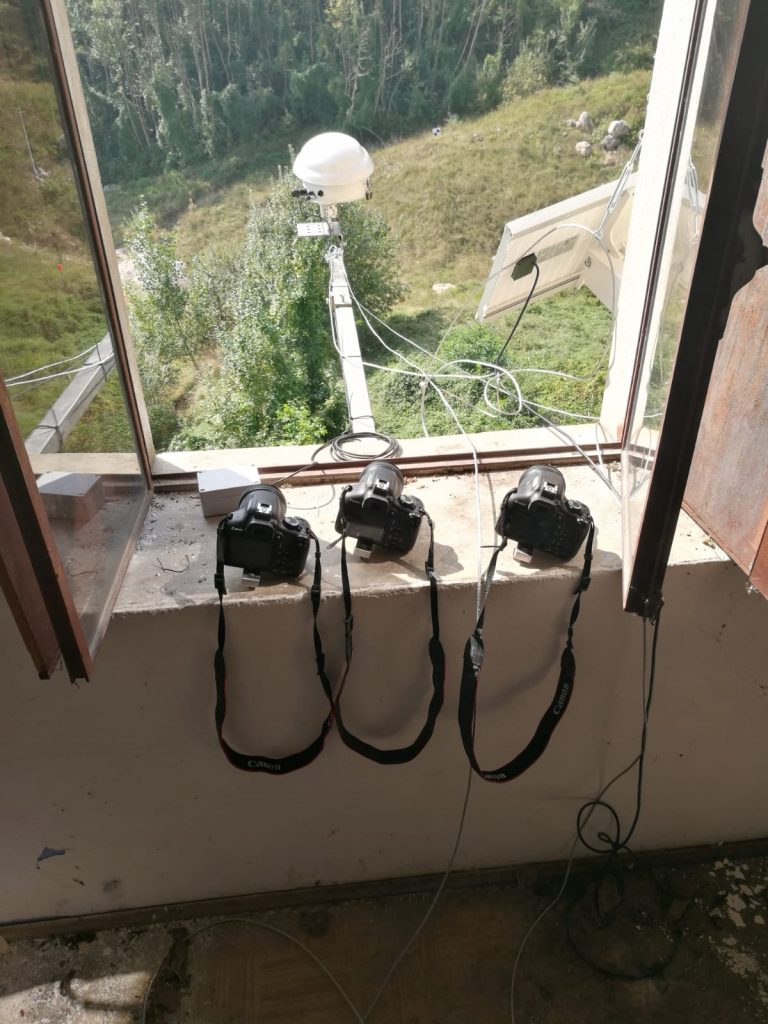
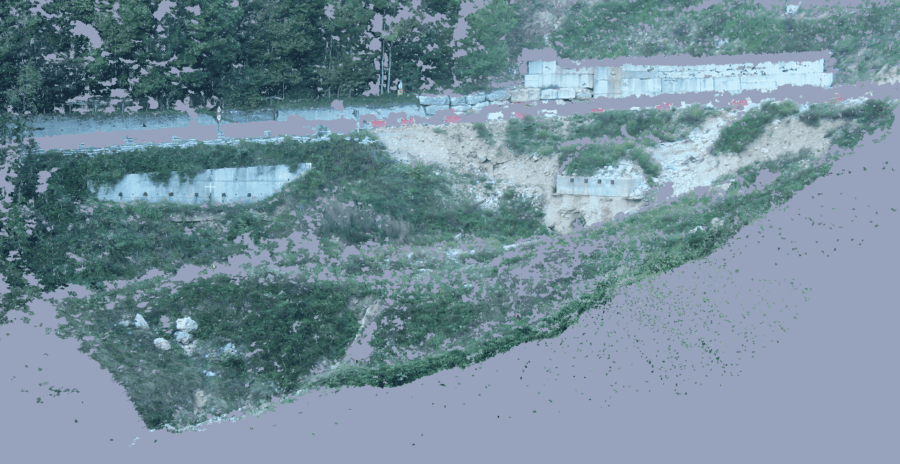
The 3D displacement survey method has been successfully applied to the Perarolo di Cadore landslide. At this link it is possible to consult the daily monitoring of the landslide through photogrammetry. Below are some results.
